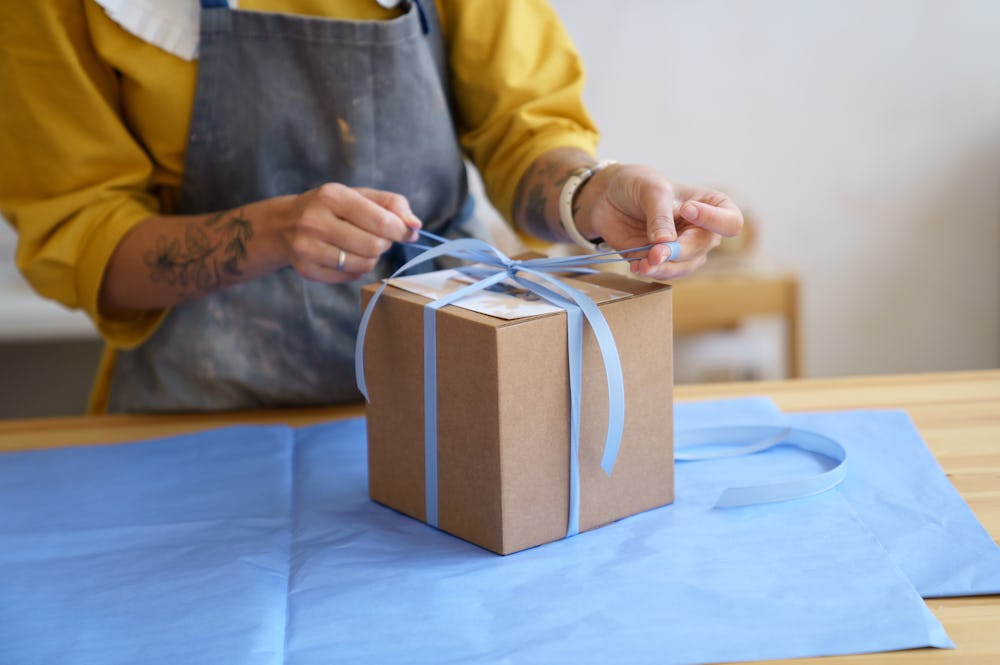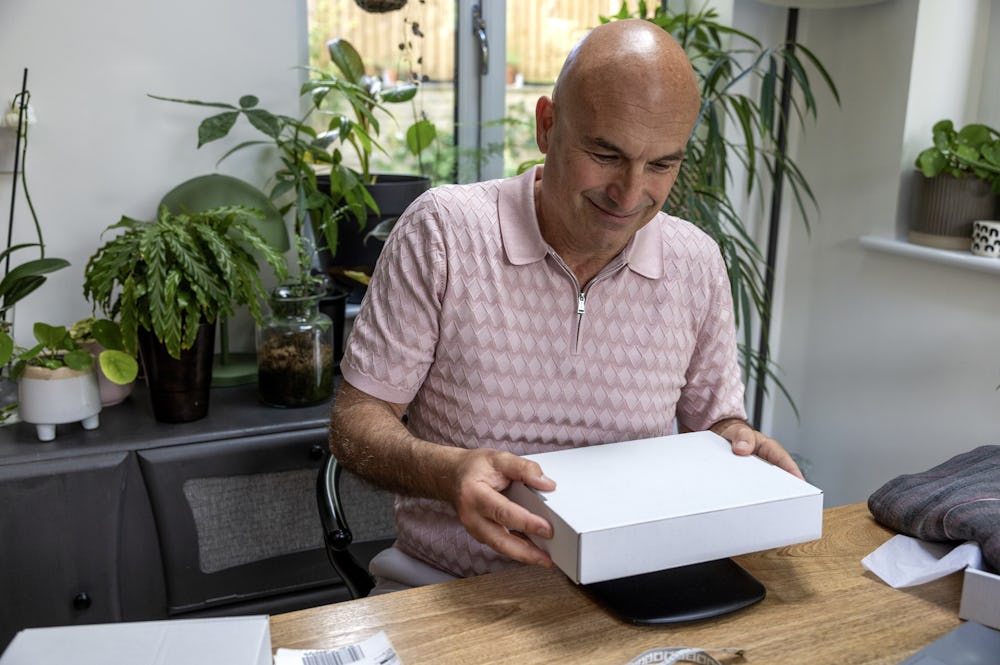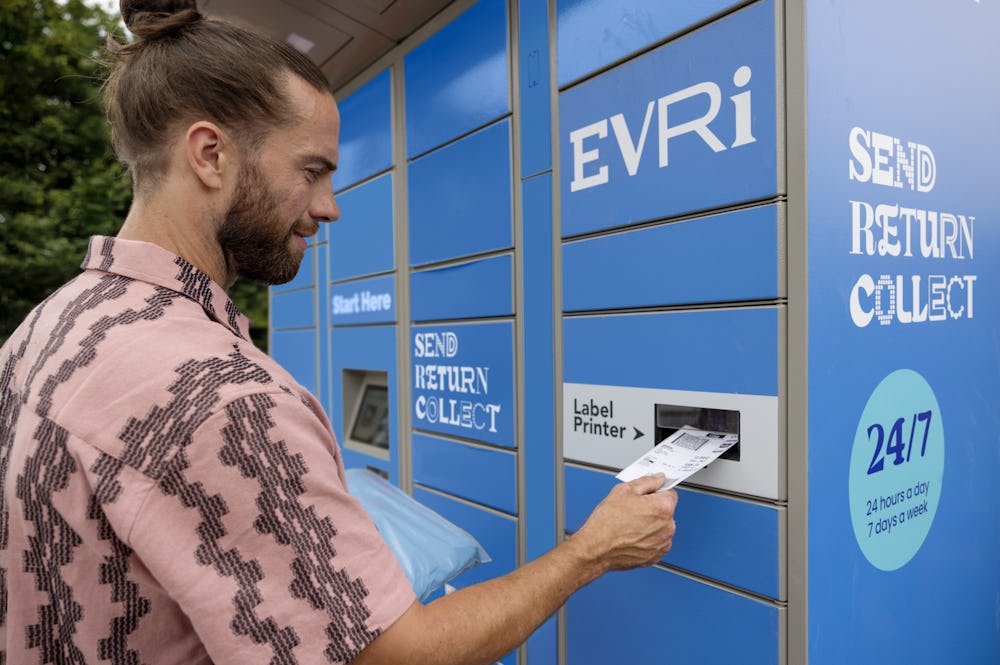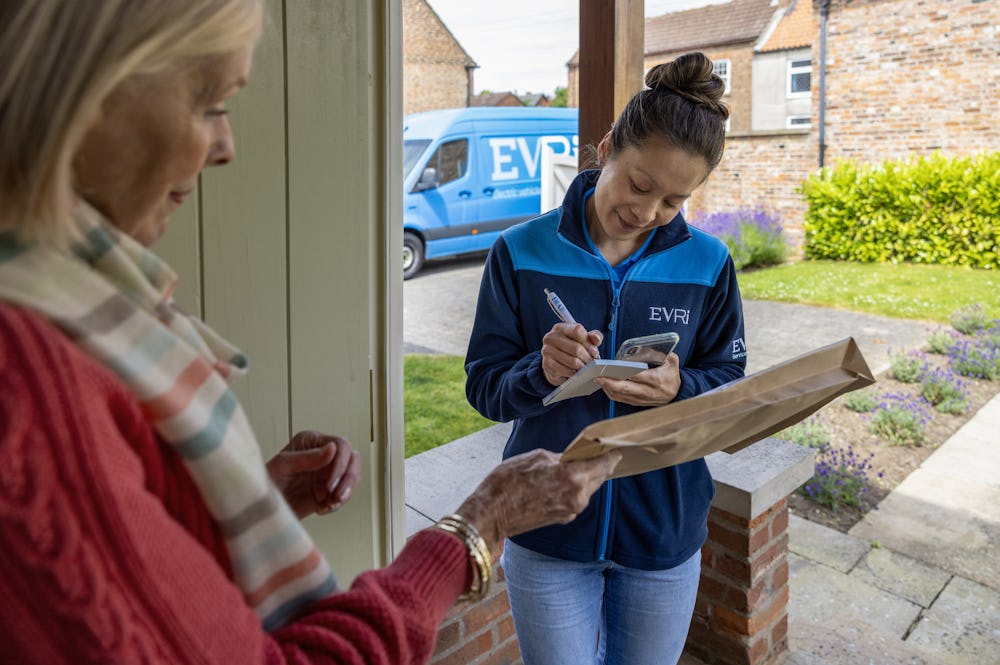Guide to posting chocolate with Evri


Send chocolate in the post safely with these tips and tricks
We all know chocolate can be the perfect gift for that friend or loved one with a sweet tooth. That’s why at Evri, we’re here to help get your chocolate treats from A to B safely and securely. Even when handled with the utmost care, however, the conditions a parcel may face on its journey means there are a few things to keep in mind when packaging your chocolate for transit.
In this guide we’ll cover the best ways to package your chocolate to ensure it reaches your desired destination safely, and some necessary risk assessment to make sure a courier like Evri is the right choice for your chocolate. Ready to get your chocolate on the road? No problem! Send your chocolate with us today.
Please note that if your chocolate has an expiration date within 7 days of the day you decide to ship, then we cannot provide compensation for the item in the event is it damaged.
How to package my chocolate
As I’m sure you’re aware, chocolate is quite susceptible to melting. In fact, the melting point of your average bar of chocolate is only around 40-45°C. Especially in the summer months, this can be problematic when it is travelling in one of our vans or making its way through a depot. There are, however, some tips and tricks that you can use to reduce the risk of your chocolate melting:

Next Day Delivery
The easiest and simplest method to reduce the risk of your chocolate melting is to purchase shipping with Next Day delivery. Time is of the essence, so having your package reach its destination the very next day can make a massive difference.

Insulated box liners
These are designed to trap cool air and prevent warmth from penetrating the box. By lining the inside of your package with this insulation, you can increase the longevity of your chocolate during transit for far longer than if you left it in a standard carboard box or envelope. Just be sure to refrigerate your chocolate before packaging and handle the chocolate with cooled hands, as the melting points for most chocolate is less than the bodies internal temperature.

Cold packs
Paired with insulated box liners, a cold pack can keep the temperature inside your box ideal for sustaining chocolate for multiple days of travel. To prevent condensation, you will want to seal the cold pack in a plastic container such as a food bag. This will prevent the chocolate packaging from being dampened and potentially ruined. The effects of a cold pack are only increased the more you use, so the more vulnerable your chocolate, the more packs will be required to keep an adequate shipping environment.
What types of chocolate are best for sending?
Each type of chocolate will travel differently with a courier and will require different levels of consideration. The main difference in chocolate types that will affect delivery is the ingredients; specifically, the ratio of milk and sugar to cocoa, which is going to affect the temperature in which the chocolate will start to melt. We typically group these into three categories: milk, white, and dark chocolate.
Milk chocolate
The most common type of chocolate, and contains anywhere from 35% to 50% cocoa, giving it a melting point of around 40-45°C. This means that with the proper preparation, this chocolate can be shipped domestically, but will run a greater risk of melting the longer that it is in transit.
White chocolate
Most often composed of a cocoa butter rather than cocoa mass, this gives it a melting point of as low as 36°C, making it the least recommended chocolate type for sending with a courier. Extra precautions are required for white chocolate to be suitable for shipping.
Dark chocolate
The most versatile in ingredient ratios, with cocoa accounting for anywhere between 50% to 99% of the chocolate content. The higher the cocoa content, the higher the melting point, the more suitable it is for transport with a courier. The cocoa percentage is usually clearly labelled on dark chocolate.

Sending fragile chocolate in the post
When sending a more fragile chocolate item, like an easter egg for example, there are extra precautions to be taken to ensure that it doesn’t get cracked or broken. Firstly, when possible, the chocolate should remain in its original packaging, as these will be specially designed to prevent the contents from moving and stop other effects from knocking about inside. Secondly, the chocolate container should be wrapped in bubble wrap, or a bubble wrap alternative as an added layer of protection from any external elements. Finally, any empty space inside the box should be padded out with a soft material such as packing paper or a dedicated void fill.
Read out full guide on packaging fragile items here.
How to send chocolate with a courier
Once your chocolate is suitably packaged, you can find three different methods for sending a parcel with Evri:

Our ParcelShops
Book your delivery online or in selected Post Offices and drop off your package at one of our 9,000+ ParcelShops. Don’t have a way to print at home? Just get your postage label using our Print in ParcelShop device for free. We’ll take care of everything from there.

Our Lockers
We have 24/7 Lockers available in convenient locations across the UK for a quick delivery. Head to your nearest Locker, scan your barcode and place into a secure Locker, ready for collection.

Our Courier Collection
We offer door to door courier service, so you don’t even need to leave your home or office to run your car parts business. Simply follow the link below to book a collection, and we’ll give you a one-hour window to pick up the parcel.